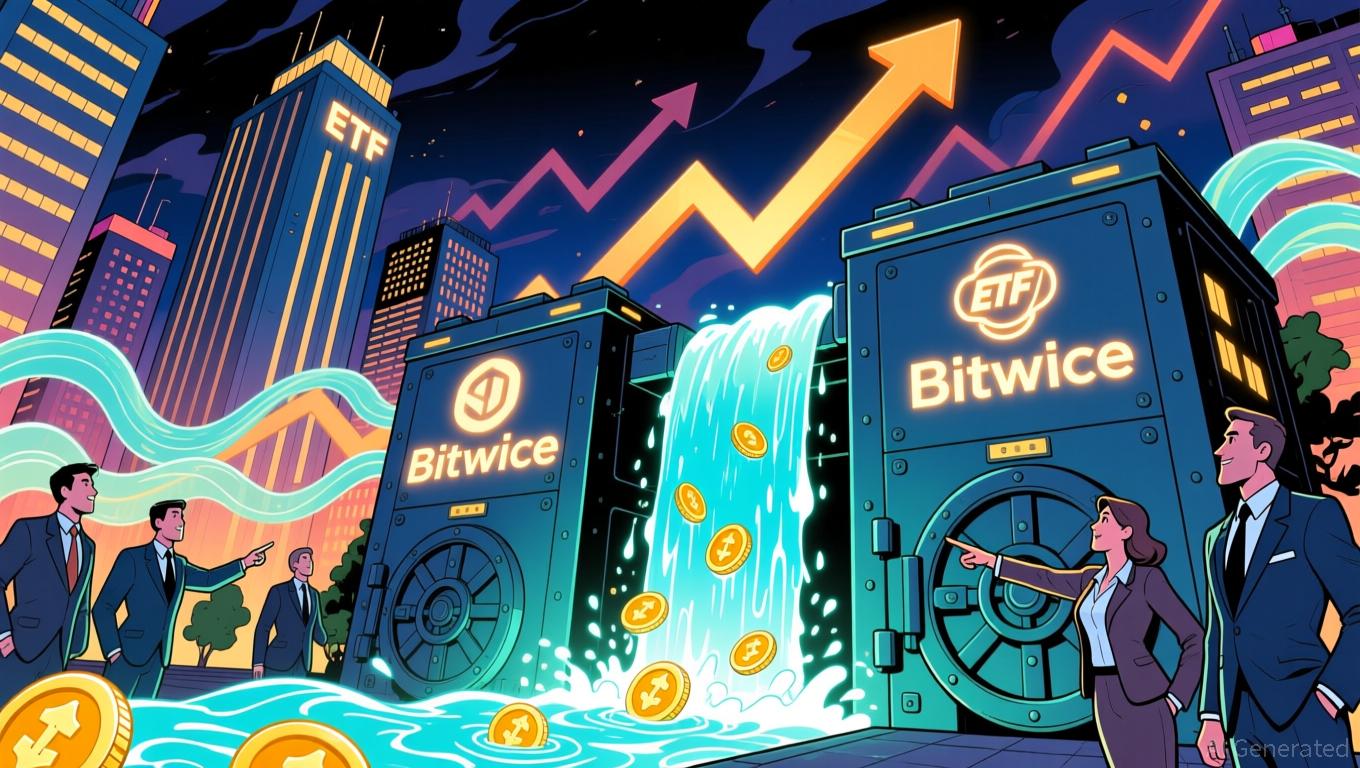Crypto Treasury Companies Expected to Pursue Mergers and Acquisitions
Digital asset treasury companies will consolidate under fewer major players as the market matures, according to Cointelegraph. Coinbase head of investment research David Duong stated that companies may pursue mergers and acquisitions similar to the recent Strive and Semler Scientific deal. The prediction comes as the digital asset treasury sector enters what Duong describes as a more mature phase of its development cycle.
Asset manager Strive announced in September that it was acquiring fellow digital asset treasury company Semler Scientific in an all-stock transaction. The merger represents the first major consolidation in the crypto treasury space. Companies currently hold over 1.4 million Bitcoin worth approximately $166 billion, representing 6.6% of total supply. Additionally, 68 companies have acquired 5.49 million Ether valued at more than $24 billion.
Rising Competition Drives Strategic Shifts
Treasury companies face pressure to differentiate themselves as competition intensifies. Duong explained that firms believe only a handful of major players will dominate each token. This belief has pushed companies to pursue financial engineering strategies to stand out.
Several firms announced share buyback programs in late September. Thumzup increased its buyback from $1 million to $10 million. DeFi Development Corp expanded its share repurchase from $1 million to $100 million. These actions aim to reduce float and boost stock prices. However, Duong cautioned that buybacks may not always succeed. Market perception of a company's fundamentals determines effectiveness.
Standard Chartered predicted in September that not all digital asset treasuries will survive long term. Some may need to adopt new strategies or exit the market. The competitive environment has created what Coinbase researchers call a player-versus-player phase. Bloomberg reported that entrepreneurs are using blank-check companies and reverse mergers to take crypto holdings public.
We reported in March that StarkWare created a Bitcoin reserve while describing itself as a "Bitcoin-standard" company. The move reflected growing institutional confidence in holding crypto as strategic treasury assets.
Market Saturation Creates Financial Pressure
The proliferation of crypto treasury companies has created market saturation. Some firms have lost up to 90% of their value since launching. Investor concerns center on sustainability as more companies enter the space. Duong noted that companies prioritized capital for stock price support over accumulating crypto in mid-to-late September. This strategy contributed to negative price action during that period.
Treasury firms are also pursuing crypto-native strategies beyond simple accumulation. These include generating yields through staking or DeFi looping strategies. DeFi looping involves repeatedly borrowing and repositioning assets to amplify returns. Regulatory shifts and liquidity conditions will shape how these strategies develop.
The broader trend extends beyond Bitcoin. Companies are establishing reserves for Ethereum and Solana. Nine publicly tracked entities hold more than 13.4 million Solana tokens worth over $3 billion. DWF Labs research shows Strategy controls approximately 2.9% of total Bitcoin supply. The company announced plans to raise up to $21 billion through its ATM program.
The consolidation prediction aligns with patterns seen in traditional asset management. When new investment categories emerge, early fragmentation typically gives way to concentration. Market leaders gain advantages through scale and efficiency. Smaller players either merge or exit. Treasury companies now face similar dynamics as the sector matures beyond its initial growth phase.
Disclaimer: The content of this article solely reflects the author's opinion and does not represent the platform in any capacity. This article is not intended to serve as a reference for making investment decisions.
You may also like
Ethereum News Update: ZKP’s Hardware-Centric Strategy Shakes Up Speculation-Fueled Crypto Presales
- ZKP launches with $17M pre-built Proof Pods, offering instant AI compute rewards via Wi-Fi-connected hardware. - Unlike speculative presales, ZKP's hardware-first model ensures operational readiness and decentralized network resilience. - Competitors like Blazpay and SpacePay focus on utility-driven crypto adoption, but ZKP's tiered, upgradable devices emphasize verifiable performance. - Ethereum's gas limit increase aligns with ZKP's distributed compute approach, addressing scalability challenges throug

Solana News Update: Investors Shift Toward XRP ETFs, Bringing Solana's 21-Day Inflow Streak to a Close
- Solana ETFs ended a 21-day inflow streak with a $8.1M net outflow on Nov 27, 2025, led by 21Shares TSOL's $34.37M redemptions. - This reversal contrasted with Bitcoin/Ethereum ETFs' $5.43B outflows and highlighted Solana's 7% staking yields and 70M daily transactions. - Analysts linked the shift to profit-taking, macroeconomic pressures, and investor rotation toward XRP ETFs with perfect inflow records. - Despite the outflow, Solana ETFs still hold $964M in assets, but face challenges as TVL dropped 32%

XRP News Today: Institutional ETFs Drive XRP to Compete with Bitcoin's Market Leadership
- XRP ETFs see $160M+ inflows as institutional demand surges, with Bitwise and Franklin Templeton leading the charge. - NYSE approves Grayscale and Franklin XRP/Dogecoin ETFs amid SEC easing altcoin fund approvals, signaling crypto normalization. - Altcoin Season Index at 25/100 shows Bitcoin dominance, but projects like Aster and Zcash outperform BTC by 1,000%+. - XRP rebounds to $2.06 with 48% volume spike, but 79M tokens absorbed by ETFs raise supply concerns. - Institutional-grade custody solutions fro

Public-Private Collaborations Driving Real Estate and Industrial Expansion in Webster, NY
- Webster , NY, leverages PPPs via FAST NY and NY Forward grants to boost infrastructure, real estate , and industrial investment. - Xerox campus upgrades and downtown revitalization projects enhance connectivity, attracting advanced manufacturing and logistics sectors. - $650M fairlife® facility creates 250 jobs, demonstrating how modernized infrastructure attracts high-value industries to secondary markets. - Websters model shows PPPs can drive sustainable growth by aligning public funding with private-s
